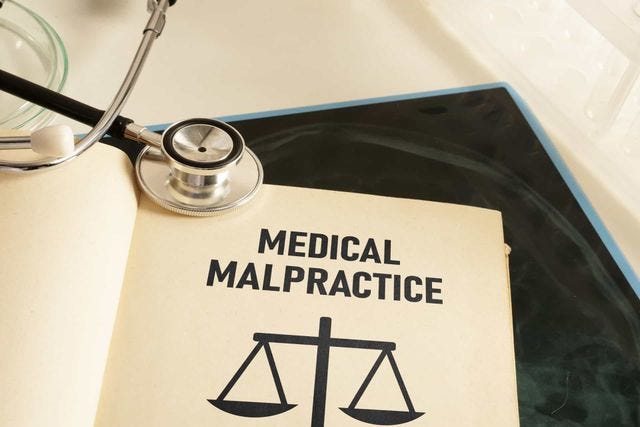Healthcare system broke Part 2, Cone Hospital malpractice and incompetence exposed by shoulder subluxation diagnosis, Johns Hopkins presents correct procedures, Legal advice welcome
Healthcare system broke Part 2, Cone Hospital malpractice and incompetence exposed by shoulder subluxation diagnosis, Johns Hopkins presents correct procedures, Legal advice welcome
I suffered an Ischemic Stroke on December 9, 2021 and was taken by ambulance to Cone Hospital in Greensboro, NC. I spent the night in Intensive Care and the next morning was moved to the Third Floor where I remained for one week. I agreed to stay one more week on the Fourth Floor, the “Rehabilitation “ Wing.
During my stay physical therapists worked with me.
Due to my extensive athletic background and interactions with orthopedic specialists I had a gut feeling that I should wear a sling to support my spastic, stroke affected left arm. A family member brought one to me but I was forbidden to use it. This never made sense to me. The staff gave lip service (except for telling me to rest my arm on the wheelchair when using one) to the possibility of shoulder subluxation.
The staff never provided an alternative to my sling.
Post hospital physical therapists visited with me and I made progress walking.
Despite doing all of the exercises religiously, use of my left arm/hand was limited. It has hurt some pain/numbness since the stroke. I continued exercising.
Several months ago the pain increased dramatically and several weeks ago it became debilitating.
A diagnosis by a physical therapist yesterday confirmed subluxation in my left shoulder.
Compare what you read above to the Johns Hopkins protocols:
“What is arm care after a stroke?
Many people who have a stroke are left with problems with one of their arms. Proper arm care after a stroke can help treat these problems. It can also help prevent new problems. Arm care after a stroke includes techniques such as proper positioning.
A stroke happens when part of the brain is deprived of oxygen. This can happen if a blood vessel to the brain gets blocked (ischemic stroke), or if there is a bleed in your brain (hemorrhagic stroke). This causes some of the cells in your brain to die.
Stroke often causes paralysis or weakness of one or more of the muscles in your arm or shoulder. The muscles might feel tight instead of weak (spasticity). In general, stroke might increase or decrease the muscle tone in these muscles. You may also have numbness or limited feeling in your arm.
The shoulder is a key problem area after a stroke. The shoulder blade and the upper arm bone come together to form the shoulder joint. This joint is shaped like a ball and socket. Problems with the shoulder muscles can cause this joint to partly dislocate due to the weight of your arm. This partial separation makes your shoulder droop down.
The partial separation can cause pain with movement and a sensation that your shoulder is out of joint. Muscles, tendons, and ligaments can become overstretched. These muscle problems can lead to other problems with your shoulder as well, such as reduced range of motion. Some of the muscles may also be permanently shortened. This is called contracture.
Correct arm care after a stroke helps prevent and treat these problems. Arm care may include:
Placing the arms in the correct position
Using devices such as a sling or brace
Preventing further injury
For example, proper positioning of your arm is important, because you may not have proper feeling in your arm and shoulder. It's easy to damage your arm without knowing it if you don’t keep your arm in the correct position. Some people continue to have shoulder pain and arm problems months after a stroke. This may need specific rehab and treatment.
What happens after arm care after a stroke?
Some people regain full use of their arm in the weeks after a stroke. Many others still have some weakness, pain, or other problems with their arm. You may continue to benefit from arm therapy. Your medical team can tailor your treatment plan to your needs.
If you continue to have arm problems, your healthcare team might try other treatments such as:
Constraint-induced movement therapy. This involves using your affected arm a lot and not using your unaffected arm. A therapist might help you with this. Or it could be robot-assisted.
Botulinum toxin injections. This can help to reduce tightness in the arm muscles.
Electrical stimulation of muscles. The weak muscles in your arm or shoulder may be treated with electricity. This can help to help strengthen your weak arm.
Electrical stimulation of the brain. This may be done during rehab exercises, and may help increase mobility.
Motor imagery. This method may help improve arm use.
Biofeedback exercises. These may help you regain mobility and reduce pain.
Pain medicine. These may be needed to decrease shoulder pain if subluxation has occurred.
Spasticity medicine. These are use to ease muscles spasms and loosen your arm.
Depending on your case, these treatments might be used early or late in your therapy. Ongoing physical therapy may also help you ease chronic pain as you regain your strength and flexibility.”
Legal advice Welcomed.



